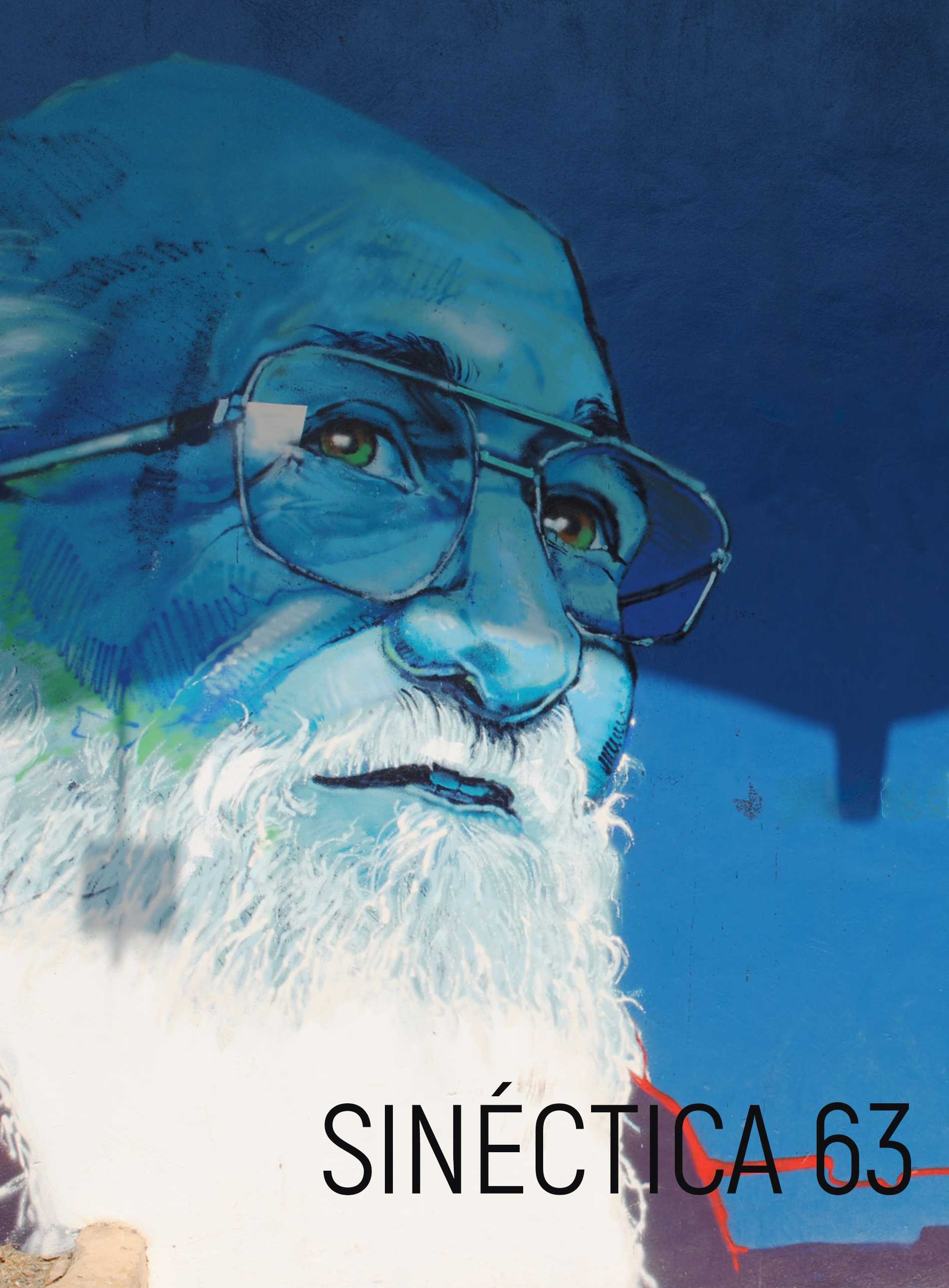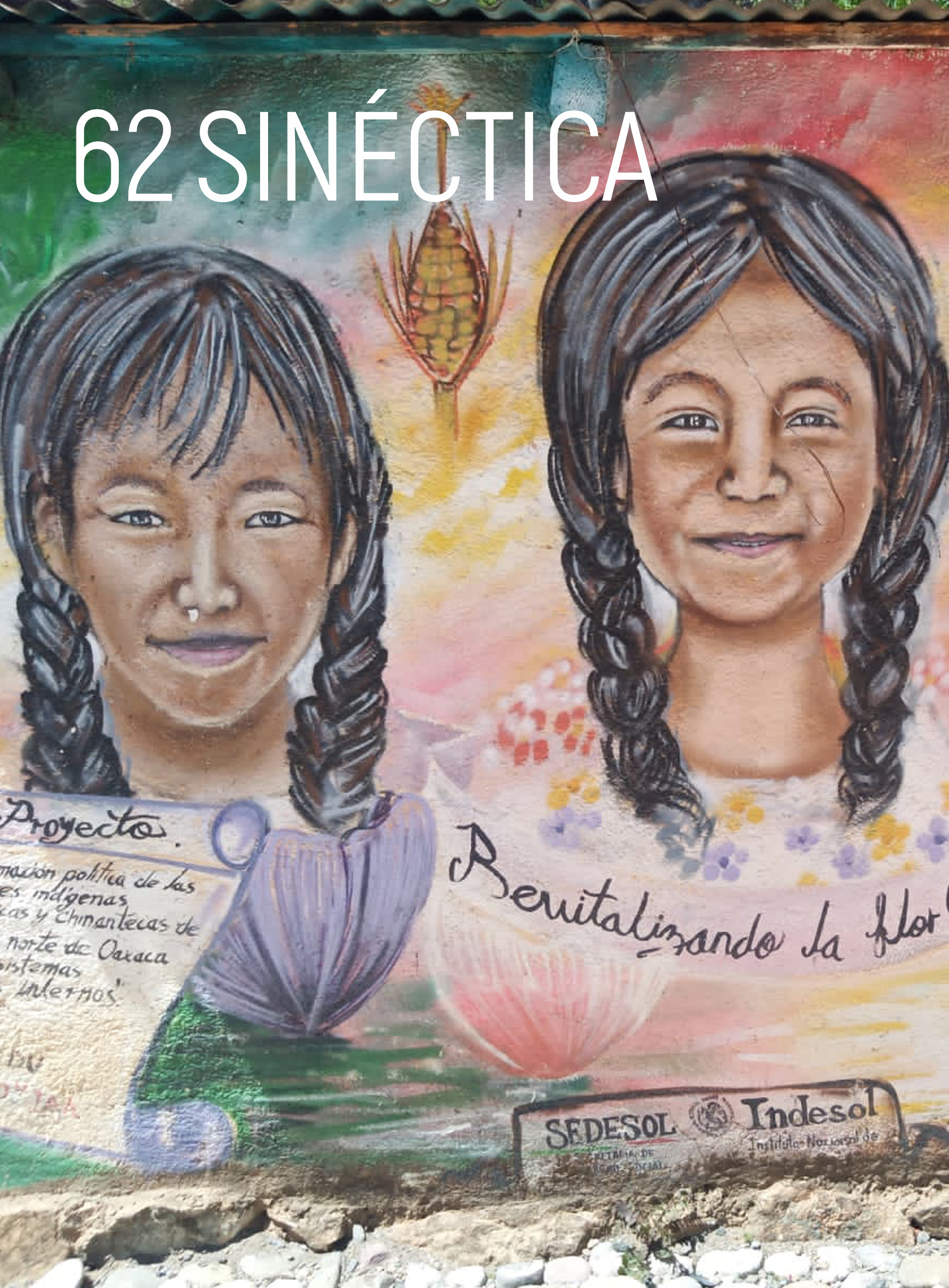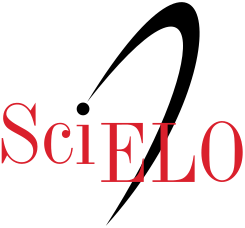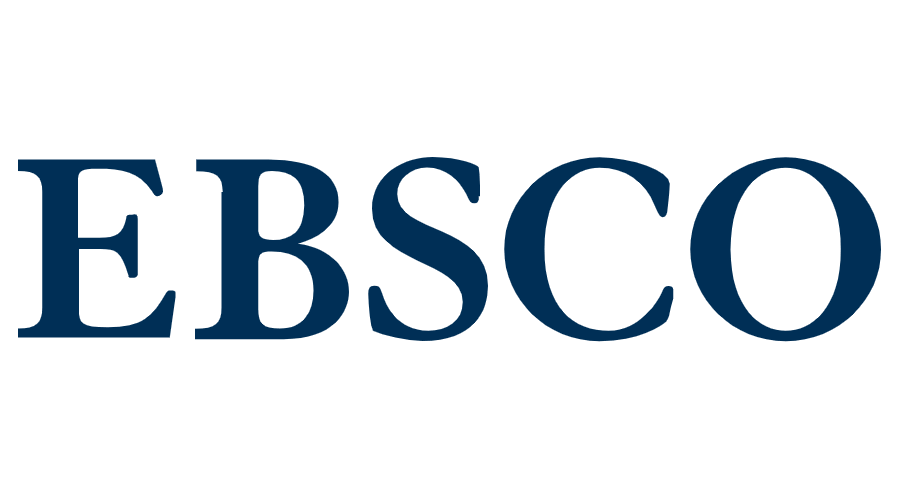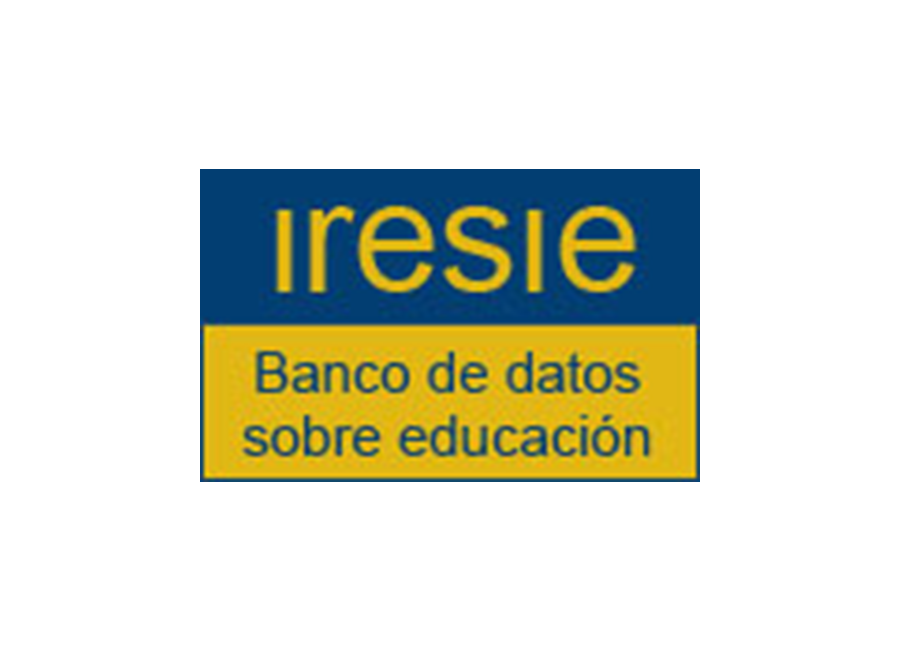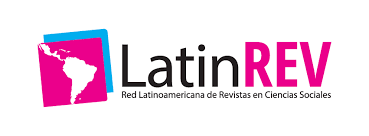Development of critical literacy, curriculum, and didactic strategies in secondary school
DOI:
https://doi.org/10.31391/S2007-7033(2022)0058-008Keywords:
literacidad crítica, currículo, enseñanza, lectura y escrituraAbstract
This article presents the results obtained from qualitative research whose main objective was to analyze the curriculum of secondary education in language in Mexico and the teaching practices based on their relationship with the teaching of critical literacy. In response to this, through the method of content analysis, categories on critical literacy were designed and used, focused on the analysis of the Study Plan of the Spanish subject at the secondary level and the Program of the Spanish subject in the third year of secondary; thus, also in this educational level and subject, the didactic strategies reported by nine teachers were analyzed. The findings obtained show an inclination of the functional approach to literacy in the curricular document. Regarding didactic strategies, comparatively more evidence of critical literacy elements was obtained, however, these present a limited development. It is concluded that the integration of the perspective of critical literacy to teaching is pertinent, as well as that it represents a fertile field for research on reading and writing at the basic levels of education in Mexico.
Downloads
References
Alexopoulou, A. (ed.) (2018). Tendencias y líneas de investigación en lingüística aplicada a la enseñanza del español como lengua extranjera. España: Ediciones del Orto.
Anguiano, M. y Castillo, D. (2013). El lenguaje: un acercamiento desde las dimensiones curriculares. Panorama general 2002-2011. En A. Carrasco y G. López-Bonilla (coords.). Lenguaje y educación. Temas de investigación educativa en México (pp. 93.132). México: Fundación SM de Ediciones México/IDEA.
Apple, M. (2008). Ideología y currículo. Madrid: Akal.
Arredondo, A. y Quintero, J. (2017). La literacidad, conceptualizaciones y perspectivas: hacia un estado del arte. Reflexiones, núm. 2, pp. 93-105. https://revistas.ucr.ac.cr/index.php/reflexiones/article/view/32084
Avila, J. & Moore M. (2012). Critical literacy, digital literacies, and common core state standars: A workable union? Theory into Practice, vol. 51, núm.1, pp. 27-33.
Barton, D. y Hamilton, M. (2004). La literacidad entendida como práctica social. En V. Zavala, M. Niño-Murcia y P. Ames (eds.). Escritura y sociedad. Nuevas perspectivas teóricas y etnográficas (pp. 109-139). Lima, Perú: Red para el Desarrollo de las Ciencias Sociales en el Perú.
Cadiero-Kaplan, K. (2002). Literacy ideologies: Critically engaging the language arts curriculum. Language Arts, núm 79, pp. 372-381.
Caracas, B. y Ornelas, M. (2019). La evaluación de la comprensión lectora en México. El caso de las pruebas Excale, Planea y Pisa. Perfiles Educativos, vol. 41, núm. 164, pp. 8-27.
Carrasco, A., López-Bonilla, M. y Peredo, M. (2008). La lectura desde el currículo de educación básica y media superior en México. Comparación curricular con Colombia, California y Finlandia. México: Editorial Universitaria Guadalajara.
Cassany, D. (2021a). El arte de dar clase. Barcelona: Anagrama.
Cassany, D. (2021b). Desafíos multimodales en el aula del siglo XXI (discurso principal). Seminario Internacional de Lectura Crítica. Universidad del Desarrollo, Santiago, Chile. https://www.youtube.com/watch?v=1-naTi1kjuY&t=4413s
Cassany, D. (2015). Literacidad crítica: leer y escribir la ideología. Universitat Pompeu. https://www.researchgate.net/publication/251839730_Literacidad_critica_leer_y_escribir_la_ideologia
Cassany, D. (2013). ¿Cómo se lee y escribe en línea? Revista Electrónica Leer, Escribir y Descubrir, vol. 1, núm. 1, pp. 1-24.
Cassany, D. (2011). Prácticas lectoras democratizadoras. Textos de didáctica de la lengua y de la literatura, vol. 58, núm. 1, pp. 29-40.
Cassany, D. (2006). Tras las líneas. Sobre la lectura contemporánea. Barcelona: Anagrama.
Delaney, C. (2017). World War II and beyond: Middle school inquiry and critical literacy. The NERA Journal, vol. 43, núm. 2, pp. 30-35.
Díaz-Barriga, F. y Hernández, G. (2010). Estrategias docentes para un aprendizaje significativo. México: McGraw-Hill.
Ellis, A. (2013). Critical literacy, common core, and “close reading”. Colorado Reading Journal (Winter). https://ecommons.luc.edu/cgi/viewcontent.cgi?article=1078&context=education_facpubs
Ellis, A. & Eberly, T. L. (2015). Critical literacy: Going beyond the demands of common core. Illinois Reading Council Journal, vol. 43, núm. 2, pp. 9-15. https://ecommons.luc.edu/cgi/viewcontent.cgi?article=1087&context=education_facpubs
Fairclough, N. (1995). Critical discourse analysis. The critical study of language. Londres y Nueva York: Longman.
Flores-Macías, R. (2020). Lectura inteligente desarrollo lector: software educativo para apoyar a adolescentes con dificultades lectoras. En M. T. Montero (coord.). Experiencias educativas con y para jóvenes: diversas aproximaciones metodológicas (pp. 53-79). Ciudad Juárez, Chihuahua: Universidad Autónoma de Ciudad Juárez.
Flores-Macías, R., Jiménez, J. y García, E. (2015). Procesos cognoscitivos básicos asociados a las dificultades en comprensión lectora de alumnos de secundaria. Revista Mexicana de Investigación Educativa, vol. 65, núm. 20, pp. 581-605.
Foucault, M. (1999). Estética, ética y hermenéutica. Barcelona: Paidós.
Freire, P. (2017). La educación como práctica de la libertad (50 ed.). México: Siglo XXI.
Gimeno, J. (2013). El curriculum: una reflexión sobre la práctica. Madrid: Ediciones Morata.
Giroux, H. (2013). La pedagogía crítica en tiempos oscuros. Praxis Educativa, vol. 17, núms. 1 y 2, pp. 13-26.
Gredics (2016). Pàgines de la UAB. Barcelona: Drupal Desenvolupat per APSI– UAB. http://grupsderecerca.uab.cat/gredics/node/163
Hawkins, M. (2014). Ontologies of place, creative meaning making and critical cosmopolitan education. Curriculum Inquiry, vol. 44, núm.1, pp. 90-112.
Hernández, G. (2019). De los nuevos estudios de literacidad a las perspectivas decoloniales en la investigación sobre literacidad. Íkala, Revista de Lenguaje y Cultura, vol. 24, núm. 2, pp. 363-386. https://revistas.udea.edu.co/index.php/ikala/article/view/334431/20793686
Hernández, G. (2009). Teorías implícitas de la comprensión lectora y la composición escrita en estudiantes de educación secundaria y superior. Presentado en el X Congreso Nacional de Investigación Educativa COMIE-2009, Veracruz, México.
Hernández, G., Olivieri, G. y Márquez, M. (2021). Presentación. Experiencias de literacidad en un mundo complejo: de la teoría a la práctica, de la práctica a la teoría. Sinéctica, Revista Electrónica de Educación, núm. 56, pp. 1-2. https://sinectica.iteso.mx/index.php/SINECTICA/article/view/1257/1353
Horkheimer, M. y Adorno, T. (1998). Dialéctica de la ilustración. Fragmentos filosóficos. Valladolid: Editorial Trolta.
Ivanic, R. y Moss, W. (2004). La incorporación de las prácticas de escritura de la comunidad en la educación. En V. Zavala, M. Niño-Murcia y P. Ames (eds.). Escritura y sociedad. Nuevas perspectivas teóricas y etnográficas (pp. 211-246). Lima, Perú: Red para el Desarrollo de las Ciencias Sociales en el Perú.
Izquierdo, A. (2019). Literacidad crítica y discurso de odio: una investigación en educación secundaria. Revista de Investigación en Didáctica de las Ciencias Sociales, vol. 5, núm. 1, pp. 42-55.
Jocius, R., Self, E. & Wood, S. (2015). Creating critical readers and responders using the Common Core State Standars. e-Journal of Balance Reading Instruction, vol. 3, núm. 1, pp. 1-9.
Kalman, J. (2018). Leer y escribir en el mundo social. Morelia, México: Centro de Cooperación Regional para la Educación de Adultos en América Latina y el Caribe.
Knobel, M. y Kalman, J. (eds.) (prólogo de Lankshear, C.) (2018). Aprendizaje docente y nuevas prácticas del lenguaje. Posibilidades de formación en el giro digital. Ediciones SM.
Koh, A. (2019). Travelling with and teaching critical literacy in Singapore, Australia, and Hong Kong: A call for postcritique. Curriculum Inquiry, vol. 49, núm. 2, pp. 203-216.
LaDuke, A., Linder, M. & Yanoff, E. (2016). Content, disciplinary, and critical literacies in the C3 and common core. Social Studies Research and Practice, vol. 3, núm.1, pp. 96-111.
Lewison, M., Flint, A. & Van Sluys, K. (2002). Taking on critical literacy: The journey of newcomers and novices. Language Arts, vol. 79, núm. 5, pp. 382-392.
Luk, J. & Lin, A. (2014). Voices without words: Doing critical literate talk in English as a second language. TESOL Quarterly, vol. 49, núm. 1, pp. 67-91.
Luke, A. (2000). Critical literacy in Australia: A matter of context and standpoint. Journal of Adolescent and Adult Literacy, vol. 43, núm. 5, pp. 448-461.
Luke, A. & Freebody, P. (1999). A map of possible practices: Further notes on the four resources model. Practically Primary, vol. 4, núm. 2, pp. 5-8.
Madero, I. y Gómez, L. (2013). El proceso de comprensión lectora en alumnos de tercero de secundaria. Revista Mexicana de Investigación Educativa, vol. 56, núm. 18, pp. 113-139.
Márquez, A. (2017). Sobre lectura, hábito lector y sistema educativo. Perfiles Educativos, vol. 39, núm. 155, pp. 3-18.
McLaren, P. (2005). La vida en las escuelas. Una introducción a la pedagogía crítica en los fundamentos de la educación. México, DF: Siglo XXI Editores.
Miles, M., Huberman, M. & Saldaña, J. (2020). Qualitative data analysis: A methods sourcebook. Sage Publications.
OCDE (2006). El programa PISA de la OCDE. Qué es y para qué sirve. https://www.oecd.org/pisa/39730818.pdf
OCDE (2000). Literacy in the Information Age. Final report of the International Adult Literacy Survey. París. https://www.oecd.org/education/skills-beyond-school/41529765.pdf
Rose, D. & Acevedo, C. (2006). Closing the gap and accelerating learning in the middle years of schooling, literacy learning: The middle years. Australian Literacy Educators’ Association, vol. 14, núm. 2, pp. 32-45.
Secretaría de Educación Pública (2011). Programas de estudio 2011. Guía para el maestro. Educación Básica Secundaria Español. México.
Silas, J. C. y Gómez, L. F. (2013). El desarrollo de habilidades lectoras en la escuela telesecundaria. Algunas reflexiones sobre el papel del docente y los logros de los alumnos. CPU-e, Revista de Investigación Educativa, núm. 17, pp. 66-87.
Street, B. (2004). Los nuevos estudios de literacidad. En V. Zavala, M. Niño-Murcia y P. Ames (eds.). Escritura y sociedad. Nuevas perspectivas teóricas y etnográficas (pp. 211-246). Lima, Perú: Red para el Desarrollo de las Ciencias Sociales en el Perú.
Unesco (2013). Replantear la educación en un mundo en mutación. Recuperado de https://unesdoc.unesco.org/ark:/48223/pf0000224743_spa
Unesco (2005). Hacia las sociedades del conocimiento. Recuperado de https://unesdoc.unesco.org/ark:/48223/pf0000141908.
van Dijk, T. (2005). Ideología y análisis del discurso. Utopía y Praxis Latinoamericana, vol. 10, núm. 29, pp. 9-36.
van Dijk, T. (1999). El análisis crítico del discurso. Anthropos, vol. 186, núm. 1, pp. 23-36.
van Sluys, K., Lewison, M. & Seely, A. (2006). Researching critical literacy: A critical study of analysis of classroom discourse. Journal of Literacy Research, vol. 38, núm. 2, pp. 197-233.
Wolk, S. (2003). Teaching for critical literacy in social studies. The Social Studies, vol. 94, núm. 3, pp. 101-106.
Wong, P., Chan. C. & Firkins, A. (2006). School-based critical literacy program in a Hong Kong secondary school. Hong Kong Teacher’s Centre Journal, vol. 5, núm. 1, pp. 129-39.
Yoon, B., Yol, Ö., Haag, C. & Simpson, A. (2018). Critical global literacies: A new instructional framework in the global era. Journal of Adolescent & Adult Literacy, vol. 62, núm. 2, pp. 205-214.
Zavala, V. (2009). La literacidad o lo que la gente hace con la lectura y la escritura. En D. Cassany (coord.). Para ser letrados (pp. 23-35). Barcelona: Paidós.
Zavala, V., Niño-Murcia, M. y Ames, P. (2004). Nuevas perspectivas teóricas y etnográficas. Lima, Perú: Red para el Desarrollo de las Ciencias Sociales en el Perú.
Zhang, Z. (2019). Tracing cosmopolitan literacies: A case study transnational literacy curricula. Journal of Curriculum Studies, vol. 51, núm. 1, pp. 583-600.
Downloads
Published
Issue
Section
License
Copyright (c) 2022 Sinéctica

This work is licensed under a Creative Commons Attribution-NonCommercial 4.0 International License.
This work is licensed under a Creative Commons Attribution-NonCommercial 4.0 International license.
Authors who publish in Sinéctica agree to the following terms:
The authors retain copyright and grant the journal the right of first publication of the authorized work simultaneously under a Creative Commons Attribution License, which allows others to share the work as long as both the authorship of the work and the initial publication in this journal are acknowledged.
Authors may enter into additional separate contractual agreements for non-exclusive distribution of the published version of the journal (e.g., publishing in an institutional repository or a book), with acknowledgement of initial publication in this journal.
Authors are allowed to publish their work in institutional repositories or on their own website before and during the submission process, as it may generate productive exchanges, as well as earlier and greater citation of the published work.
Explanatory note: As of 2017 Sinéctica is governed by the Creative Commons Attribution Non-Commercial 3.0 International License, a version that standardizes licenses internationally.
Articles published between 1992 and 2016 are covered by a Creative Commons Attribution-NonCommercial-NoDerivatives 4.0 International license, which allows a work to be shared and distributed non-commercially and with acknowledgement of the author, but prohibits modification of the original creation.




